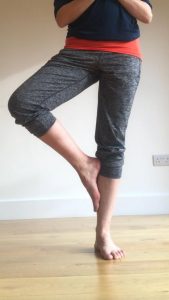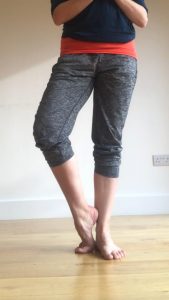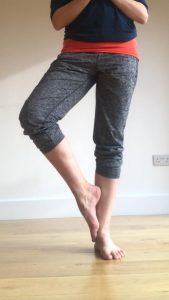Firstly, what is Pilates?
Pilates is a form of exercise which concentrates on strengthening the body with an emphasis on core strength. This helps to improve general fitness and overall well-being. It concentrates on posture, balance and flexibility. In Pilates the chance of injury has been found to be much lower than with other more strenuous forms of exercise.
Pilates also focuses on the mind-body connection. While doing the various exercises your mind needs to be constantly aware of your breathing and the way your body moves.
Because Pilates can be modified to provide either a gentle strength training program or a challenging workout, most people would have no problem with this form of exercise. It is suitable both for beginners and for people who already exercise regularly.
But i though Sports massage was just for sport people?
Sports massage is a type of massage that focuses on deeper layers of tissues. It involves techniques such as kneading, skin rolling and trigger pointing which helps to improve flexibility, reduce delayed onset muscle soreness (DOMS), prevent injury and break down tension.
Sports massage, in conflict with its name, is not only used for sports people. People who work in an office all day or have a job where they are lifting heavy objects or drive for long hours can also benefit from having a sports massage. It helps to relieve stress, improve posture and increase relaxation.
How do they work together?
Pilates ultimately is a workout for your muscles. You are putting your muscles under tension which will ultimately lead to some muscle soreness. However, where Pilates and massage go together is that they can both be used to elongates the muscles, improving muscle elasticity and joint mobility. A body with balanced strength and flexibility is less likely to be injured.
In addition, regular sports massage helps to break down muscular tension by increasing muscle temperature and encourage muscles to relax. This allows the length of a muscle to increase allowing an increase in movement and therefore further preventing injury.
Moreover, Pilates helps to further improve and maintain your posture by increasing the strength of your upper back and neck flexor muscles. A combination of both regular Pilates and massage will prevent tension and poor posture from returning. This can help alleviate both acute and chronic pain caused by injury, poor posture, stress, tension and weakness.
To summaries, sports massage has been found to help reduce pain by improving recovery post injury by improving strength and mobility. Combining both massage and Pilates would ensure pain is eliminated and prevented from returning.
Try a combination of Pilates and Massage the Durham House, Farnham.
Because Pilates can be modified to provide either a gentle strength training program or a challenging workout, most people would have no problem with this form of exercise. It is suitable both for beginners and for people who already exercise regularly.
If you’re a beginner you can start with basic exercises and then once you’ve mastered those, you can work on the more advanced moves. It’s a good idea when you’re just starting out in Pilates to go to Pilates exercise classes or have a private instructor. This way the instructor can make sure that you are doing the exercises correctly to avoid any injury.
If you would like to find out more, visit our website www.durhamhousechiropractic.co.uk or www.thestudiodurhamhouse.co.uk.

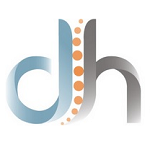
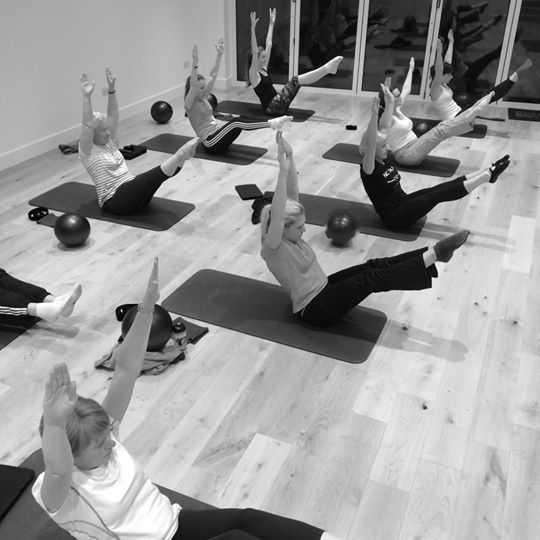
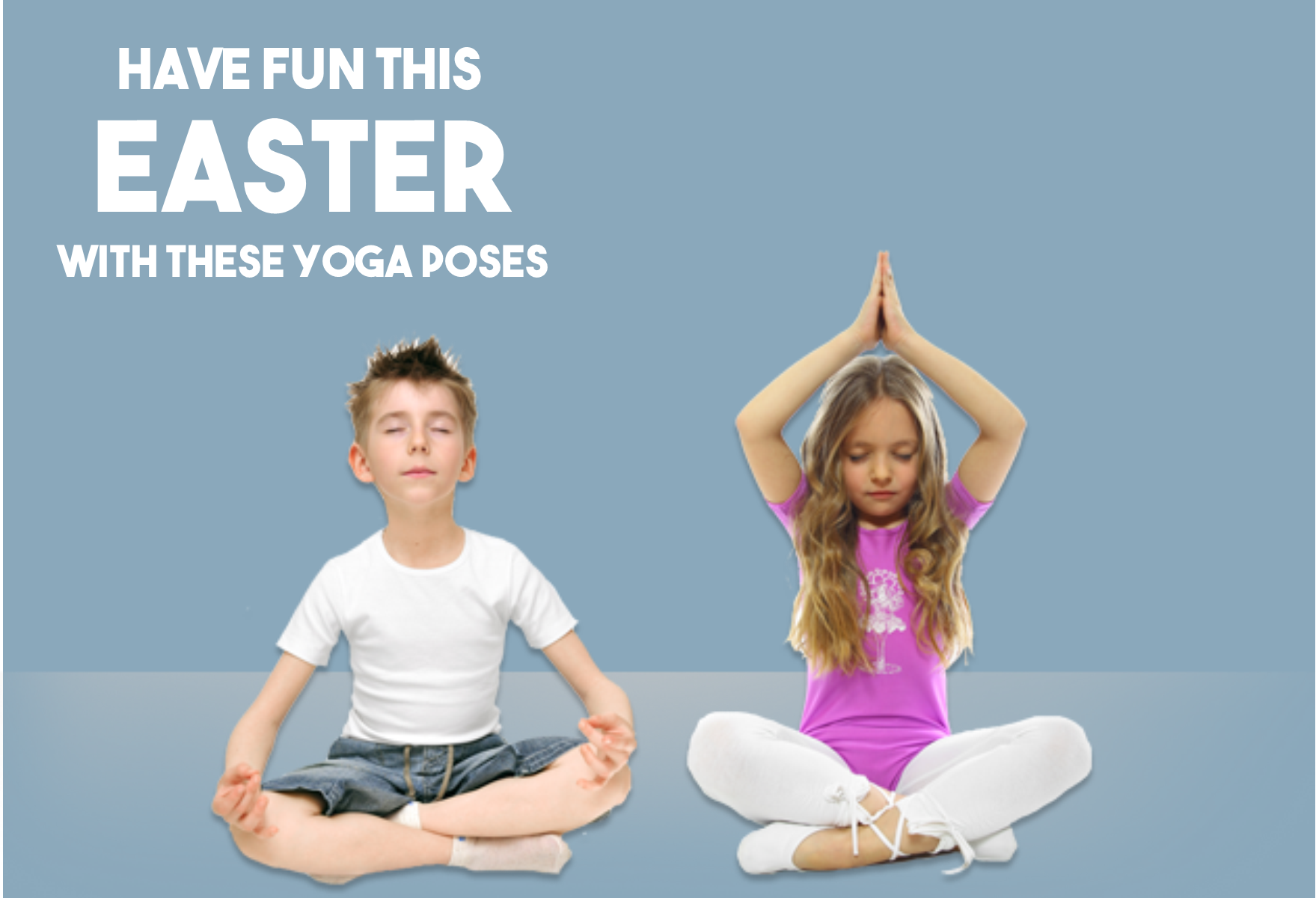
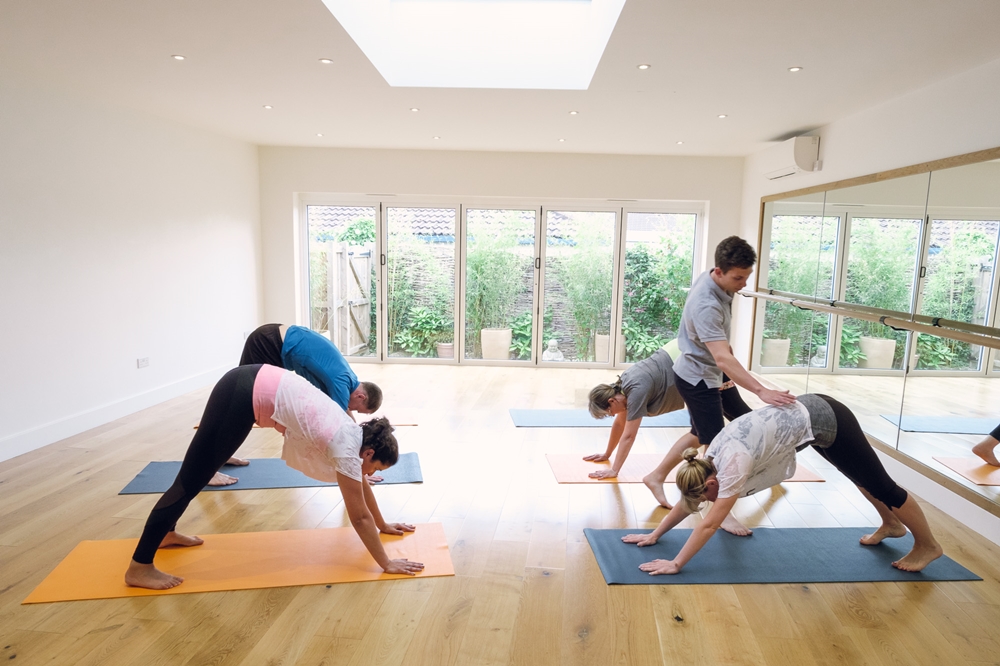

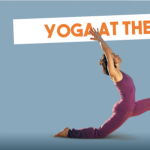
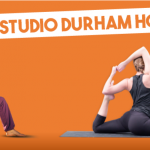
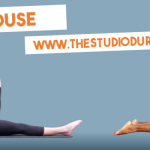
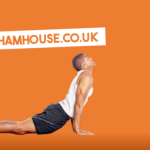

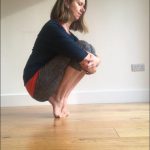 There are different variations of this asana. In the most commonly described version, the body balances on the toes with the heels lifted, then one leg is lifted and taken into lotus pose with the palms brought together in front of the heart.
There are different variations of this asana. In the most commonly described version, the body balances on the toes with the heels lifted, then one leg is lifted and taken into lotus pose with the palms brought together in front of the heart. In another variation of prapadasana, both feet remain on the ground and the hips simply rest on the heels as the yogi balances on the toes. The hands may be brought into prayer position then lifted over the head. The knees can be kept together or taken wide apart.
In another variation of prapadasana, both feet remain on the ground and the hips simply rest on the heels as the yogi balances on the toes. The hands may be brought into prayer position then lifted over the head. The knees can be kept together or taken wide apart.
